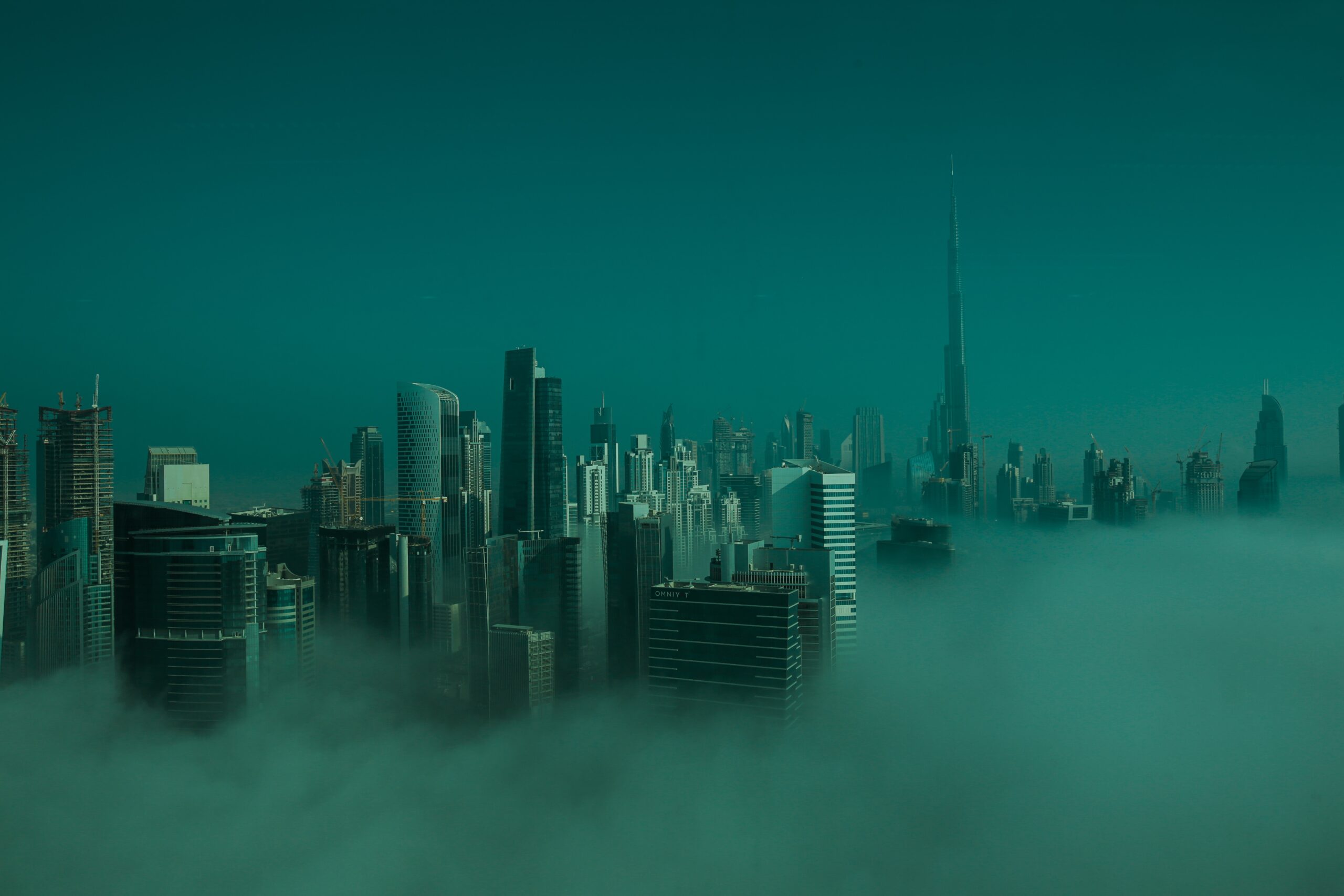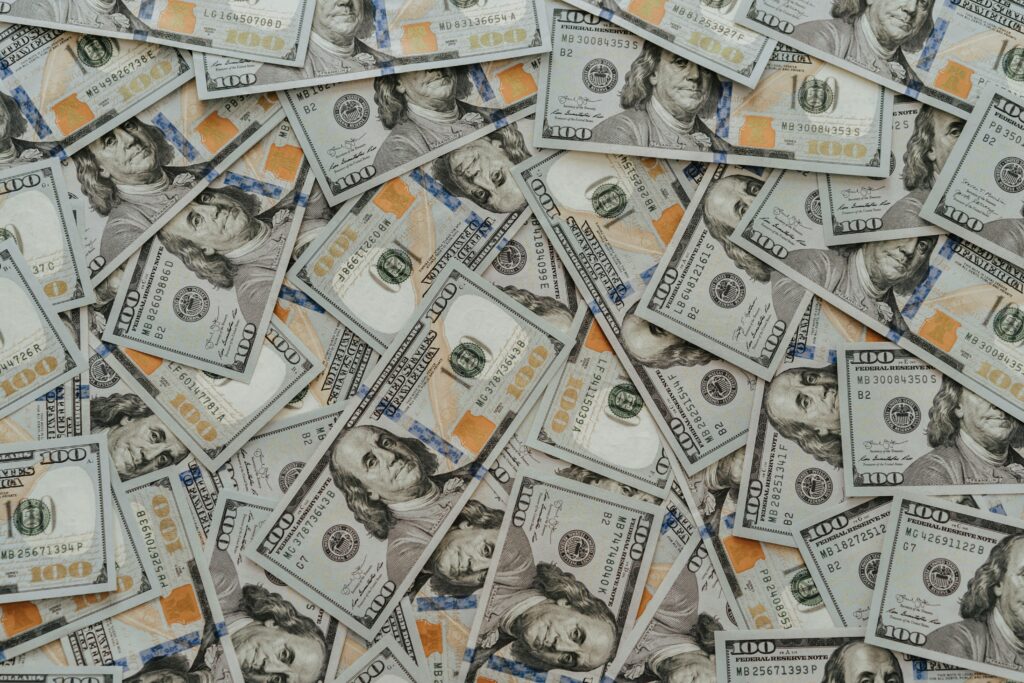Sustainable finance is sure to become mainstream financing; a crucial component in project financing worldwide, including the UAE.
Investor demand for sustainable and ESG-compliant projects is rising in the UAE. Asset managers and institutional investors are increasingly integrating ESG factors into their investment processes, reflecting their stakeholders’ growing demand for responsible investment. Real estate projects that fail to meet these expectations face the risk of reduced financing options and potential divestments.
Investors are integrating environmental, social, and governance (ESG) criteria into the business or investment decisions. In the context of real estate, it implies ensuring project development aligns with ESG considerations to minimize adverse environmental impact and promote social well-being. Green bonds and loans, along with impact investing, are becoming popular financial tools to fund sustainable real estate projects.
UAE’s Roadmap to Achieving Sustainable Building Goals: A Unique Economy shows Unique Priorities
Understanding the UAE’s economic dynamics reveals why the country is not following the same roadmap to reach net zero as recommended and judged upon by the rest of the world.
While the UN talks about diversity and inclusion, it fails to recognize the diversity of the UAE’s economic culture and customs. The UAE culturally and economically adjusts the manner of conducing its trade relations with the world as per their ways, to make them feel inclusive. However, even the masterminds at the UN or World Bank do not consider the evident (the source of real estate financing, for example) and apparent (the community and customs elements of the economy).
THE UAE’s source of Real Estate Finance
Unlike many other countries, equity from sponsors, investment funds, and other institutional investors are not the main source of real estate project financing in the UAE.
The two key finance sources in the UAE are local banks and owners’ equity and capital. Besides the foregoing, the national’s six major banks that have a record of funding the most projects are closely connected to the central bank and government executives.
This community style culture is deeply rooted in the economic legal dynamics of the country, and in such cultures, encouraging and respectfully asking banks to make ESG disclosures is no more or less effective than passing mandatory disclosure regulations upon them. There is proof that these banks are undertaking voluntary sustainability disclosures.
How the UAE is Steering Sustainable Real Estate Goals
There are doubts and fingers pointing at the UN level that UAE is all talk of Net Zero but no ‘walk’. But the facts on the ground, and the history of the UAE shows a different trend. The UAE’s leadership has a ‘first principles thinking’ style. Look at the root problem, solve it – dispense all associated noise. over UAE’s legislative lagging.
The question being asked by world leaders is, “Who is going to do the checks and balance? What about the risks of greenwashing?”
Whether we like it or not, the UAE shows results as the culture believes in accountability not answerability. It’s going green that matters –
What we have deciphered from the trends is that UAE is following more or less the below roadmap.
Step 1 – enabling to go green with the right infrastructure. Sustainable Finance Regulations, SCGR and Disclosures are a means to an end, not the end goal.
The UAE’s priority appears to have been the infrastructure. Get that will enable real estate developers to develop sustainable projects. If the country doesn’t have a proper waste management system or solar plants with the capacity to meet its people’s energy needs, then any disclosure regulations on investors or green building standards imposed will be simply futile.
As such, one can understand why the country is not following the same path towards the journey to net zero as the rest. UAE’s strategic positioning in the global real estate market and its unique socio-economic dynamics play a significant role. The UAE is making the market ready for green investments in two ways:
- The country has invested billions in renewable energy and waste management projects, which are the two major contributors to the real estate and construction sector’s carbon footprint. No green building can be built without national access to clean energy.
- The UAE has spent more than $40 billion on clean energy over the last 15 years.
Some of the solar power plants already completed or shortly due for completion are:
- Abu Dhabi’s upcoming renewable energy projects, including the (5.6 GW) Barakah nuclear energy plant and the (2-GW) Al Dhafra Solar PV project, will produce a total clean power generation capacity of 8.8 GW by 2025.
- Shams Solar Power Station (the Abu Dhabi Solar Project) and the Mohammed bin Rashid Al Maktoum Solar Park in Dubai, whose production capacity will reach 5,000 megawatts (MW) by 2030.
- The UAE is also building the world’s largest independent solar power plant, the Al Dhafra Solar PV facility, with a capacity of up to 2 gigawatts (GW) of electricity. The plant aims to reduce the emirate’s carbon emissions by more than 2.4 million metric tonnes annually, equivalent to removing some 470,000 cars from the road and providing electricity to over 160,000 homes in the UAE.
- The fourth phase of the Mohammed bin Rashid Al Maktoum Solar Park, managed by the Dubai Electricity and Water Authority (DEWA), has a capacity of 950 MW under the independent power producer system and is the world’s largest Concentrated Solar Power Plant (CSP) plant located in one area. The plant combines CSP and photovoltaic solar energy technologies, and its fourth phase will generate 700 MW of CSP energy and 250 MW of energy from photovoltaic solar panels.
- Emirates Development Bank, the state-owned lender focused on financing the UAE’s priority sectors, also launched a Dh100 million ($27.2 million) solar energy finance program as part of the country’s 2050 net-zero targets.
Step 2: controlling the goal not the road.
As such, what we see is that the UAE has indeed defined what constitutes ‘green’ and ‘sustainable.’ Both Dubai and Abu Dhabi have implemented building codes and regulations on new projects to promote sustainable and green building practices. Here are the notable regulations and standards:
- Dubai Green Building Regulations & Specifications (DGBRS): Mandatory since 2014, it applies to all new buildings in Dubai and focuses on sustainability aspects including site selection, energy use, water efficiency, and materials and resources.
- Safat Green Building Rating System: Introduced in 2016, Al Safat replaces the earlier DGBRS for new constructions. It sets requirements in areas such as energy, water, air quality, and waste, and buildings are rated from platinum (highest) to bronze based on adherence to these criteria.
- Estidama: A building sustainability program initiated by the Abu Dhabi Urban Planning Council, with the most known tool being the Pearl Rating System. It sets mandatory requirements and optional credits in various categories.
- Pearl Building Rating System (PBRS): Specifically for buildings, it sets requirements and credits in various categories and rates buildings from 1 to 5 pearls.
- UAE Ministry of Climate Change and Environment issued Decree No. (138) of 2023, regulating the use and distribution of Hydrofluorocarbons (HFCs) in the country to control their circulation and prevent emissions.
The onus of meeting green or sustainability criteria is on the government bodies responsible for issuing permissions and permits, not on financiers. Permissions and permits are only granted if a project meets minimum sustainability requirements
As of now, the UAE is proactively retrofitting existing buildings and acquiring globally recognized sustainability certifications for new projects:
- Dubai has completed retrofitting for over 10,000 buildings, improving air quality and public health.
- Since January 2021, UAE has retrofitted 43 existing buildings.
- Abu Dhabi has retrofitted 27 existing hospitals, shopping malls, hotels, warehouses, and offices, obtaining LEED Platinum Certification.
- 504 buildings have received LEED Certification since 2021, with 77 having platinum ratings and over 200 having Gold ratings.
By imposing regulations on developers rather than financiers, the UAE might be following a more efficient path to ensure sustainability in real estate.
More on the Funding side…
Developers have access to financing earmarked for green/ESG-compliant projects, including:
- Green Sukook bonds:
- First Abu Dhabi Bank issued the UAE’s first dirham-denominated green sukuk, raising Dh1.3 billion ($353.93 million) in funds.
- Majid Al Futtaim Holding raised $500 million through a green sukuk.
- Aldar Investment Properties raised $500 million through its debut green sukuk.
- Masdar raised $750 million through the sale of 10-year senior unsecured notes for renewable energy projects.
- Abu Dhabi Commercial Bank priced a $650 million green bond for financing eligible projects meeting environmentally friendly standards.
- Dubai Islamic Bank raised $1 billion from its second sustainable sukuk.
- Chimera Investment LLC, part of Abu Dhabi’s business empire overseen by Sheikh Tahnoon bin Zayed Al Nahyan, set up a $50 billion fund focusing on various investments.
Step 3: Sustainable Finance Framework and Disclosure regulations
With most of the groundwork on infrastructure and mandatory green building policies already in progress, the UAE is now paving the way for private equity, REITs, and asset managers to benefit from funding sustainable projects without starving developers or losing opportunities. Starting with DIFC and ADGM, the country has mandated disclosure requirements specific to financial service firms.
ADGM Sustainable Finance Framework
After giving precedence to the green construction mechanism, concentrating on infrastructure, and implementing initial disclosure policies tailored to real estate development financiers, the UAE has shifted its focus to regulating the secondary entities overseeing real estate financing, including funds, investment firms, and asset managers.
With 102 asset managers, consisting of investment firms and hedge funds, collectively managing 128 funds, establishing a presence in the capital’s financial center during the past six months, the Abu Dhabi Global Market (ADGM) emerges as the ideal testing ground for these disclosure and reporting requirements.
The Authority imposes on directors and senior management, the duty to identifying and considering opportunities, as well as any associated risks and threats, afforded by ESG compliant investing. A high level of due diligence should be applied to lending and investments decisions where ESG impacts are material.
ADGM has encouraged stakeholders, including issuers, investors, and the financial industry, to rely on internationally recognized taxonomies for ‘sustainable’ and ‘green’ products and instruments until an appropriate taxonomy is adopted in the UAE.
Asset owners will have to maintain clear accounting of proceeds, investment, and returns to enable investors to track sustainability. Information on the use of proceeds should be up to date, recorded, disclosed, and reported. Annual reviews of the post-issuance allocation of proceeds of a green sustainable project will be conducted, along with assessments of the impact on sustainable goals and climate-related risks by rating agencies.
Conclusively...
In conclusion, the UAE’s real estate sector is undergoing a significant transformation in the context of sustainability.
The government’s focus on infrastructure, sustainable building standards, and innovative financing options is setting the stage for a more sustainable future in real estate. By regulating developers and incentivizing green practices, the UAE aims to make a lasting impact on the industry while addressing the challenges of sustainability and carbon reduction.



